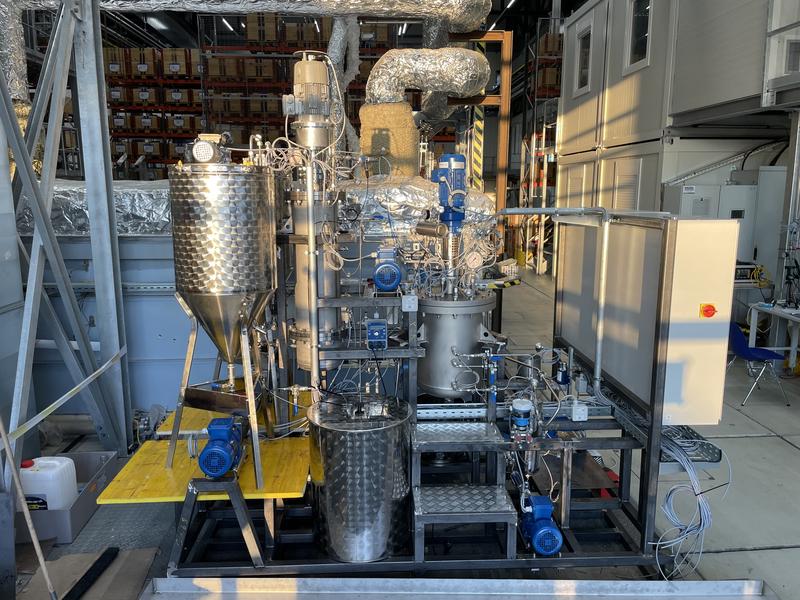In a remarkable revelation, scientists have identified the Atlas blue butterfly as the organism with the highest chromosome count of any animal, boasting an astonishing 229 pairs. This finding is significant not only for its biological implications but also for our understanding of evolutionary processes. The unique mechanism at play involves the splitting of chromosomes rather than their duplication, leading to unexpected genomic configurations. Such insights challenge existing paradigms in genetics and underscore the complexity of evolutionary adaptations, raising questions about how these changes influence the butterfly's survival and ecological interactions.
The implications of this discovery extend beyond entomology; they touch on critical areas such as conservation biology and cancer research. By examining how the Atlas blue butterfly's genome operates, researchers can glean insights into genetic diversity and resilience in changing environments. Furthermore, understanding the mechanisms behind its chromosomal structure may inform cancer research, particularly in exploring how chromosomal abnormalities contribute to tumorigenesis. This intersection of evolutionary biology and medical research highlights the broader relevance of genetic studies in addressing both ecological and health-related challenges.








